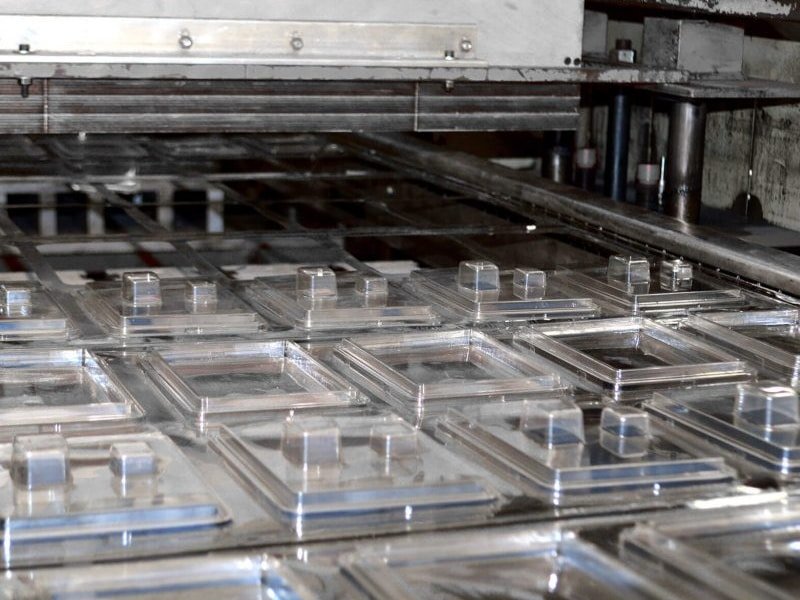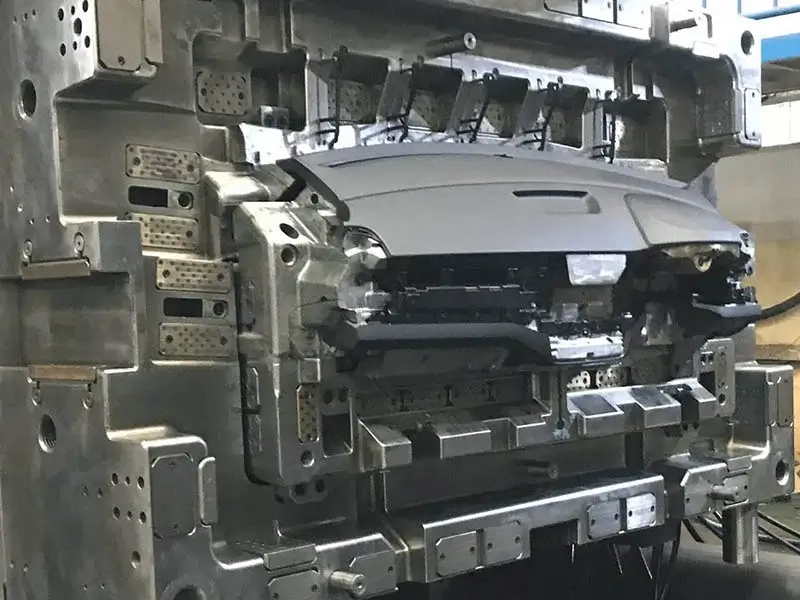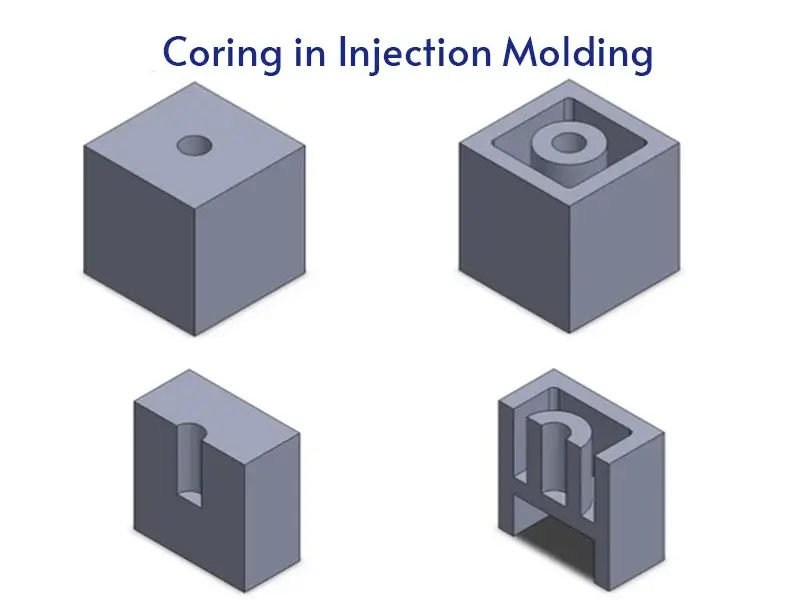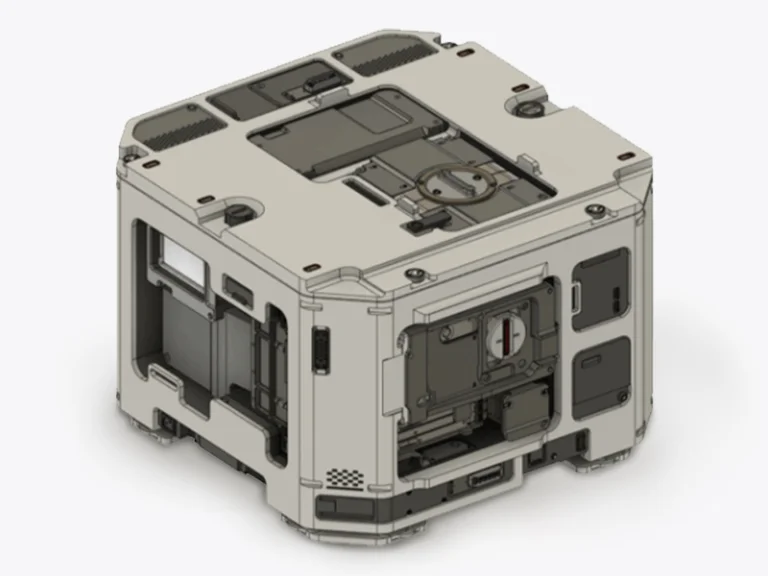When it comes to plastic manufacturing, precision matters. Plastic molding tolerances define how much variation is allowed in the dimensions of molded plastic parts. Whether you’re developing medical devices, automotive components, or consumer products, understanding and controlling these tolerances ensures your parts function as intended.
In this guide, we’ll cover what plastic moulding tolerances are, their types, industry standards, key influencing factors, optimization tips, and real-world applications.

What Are Injection Molding Tolerances?
Plastic molding tolerance refers to the permissible deviation from the specified dimensions of a molded plastic part. These variations can be caused by multiple factors during the injection molding process, such as material shrinkage, mold design, and process control.
For example, a part designed to be 10 mm wide may have a tolerance of ±0.1 mm. This means the final width can range from 9.9 mm to 10.1 mm without being considered defective.
Types of Tolerances in Plastic Molding
There are three main categories of tolerances in plastic molding:
1. Dimensional Tolerances
These refer to linear dimensions (length, width, height) and are the most common. They are critical for part fit and assembly.
2. Geometric Tolerances
These include flatness, roundness, concentricity, and other geometric features. They ensure parts mate or move correctly.
3. Surface Tolerances
Surface finish and texture are important for aesthetic and functional purposes, especially in consumer-facing products.
Plastic Parts Tolerance Standards
To standardize and ensure quality across industries, several plastic parts tolerance standards have been developed. The most commonly referenced include:
- DIN 16901 / DIN 16742 (Germany) — Defines standard injection molding tolerances based on material group and part geometry.
- SPI Tolerance Standards (U.S.) — Published by the Society of the Plastics Industry, covering tolerances for molded plastic parts.
- ASTM Standards (U.S.) — Developed by ASTM International, these standards specify testing methods and material requirements impacting dimensional tolerances of plastic parts. Relevant standards include ASTM D638 for tensile properties, ASTM D790 for flexural properties, and ASTM D955 for shrinkage measurements in molded plastics.
- ISO 20457 (International) — Provides a global benchmark for injection molding tolerance standards, ensuring consistency across manufacturers.
These standards categorize tolerances based on part size, complexity, and material behavior, providing guidance for both designers and manufacturers.
Factors Influencing Injection Molding Tolerances
Achieving tight and consistent tolerances depends on various technical factors:
1. Material Selection
Different plastics shrink differently. For instance, ABS shrinks less than polypropylene. Understanding material properties is key to predicting dimensional variation.
2. Mold Design and Quality
High-precision molds with good venting and cooling systems lead to better repeatability and lower tolerances.
3. Part Geometry
Thicker walls, undercuts, and complex geometries often introduce higher variation.
4. Process Control
Parameters like injection speed, temperature, pressure, and cooling time directly affect part consistency.
5. Tool Maintenance
Worn or poorly maintained molds can cause dimensional shifts and surface defects.

How to Optimize Plastic Molding Tolerances?
Tight tolerances increase manufacturing cost and complexity, so it’s essential to balance precision and feasibility. Here are practical ways to optimize:
- Design for Manufacturing (DFM): Collaborate with your molding partner early in the design process to set realistic tolerances based on tooling and material capabilities.
- Use Consistent Materials: Stick with materials that offer low and predictable shrinkage rates.
- Specify Critical Tolerances Only: Apply tight tolerances only to essential features to reduce tooling costs.
- Invest in Quality Tooling: Precision-built molds reduce variation and improve part consistency.
- Validate with First Article Inspection (FAI): Use FAI and regular quality checks to monitor and refine production tolerances.
Common Problems and Solutions in Tolerance Management
Achieving precise injection molding tolerances is often challenged by several common defects that impact part quality. Issues such as warpage, dimensional inconsistencies, and uneven shrinkage can lead to rejected parts and costly production delays. By understanding these problems and their solutions, manufacturers can maintain tight plastic molding tolerances and optimize production efficiency.

Warpage and Deformation
Causes:
- Uneven cooling rates cause differential shrinkage across the part.
- High internal stresses due to improper material flow.
- Poor mold design, leading to asymmetric stress distribution.
Solutions:
- Optimize cooling system design to ensure uniform cooling across the mold.
- Use materials with low residual stress and predictable shrinkage behavior.
- Adjust injection pressure and holding time to minimize stress accumulation.
- Design parts with consistent wall thickness to prevent uneven contraction.
By addressing these factors, manufacturers can significantly reduce warpage and improve compliance with plastic parts tolerance standards.
Dimensional Inconsistencies
Causes:
- Variations in mold temperature and injection pressure.
- Inconsistent material properties due to poor batch control.
- Tool wear leading to gradual dimensional drift over time.
Solutions:
- Implement strict process control with real-time monitoring systems.
- Regularly maintain and calibrate injection molds to prevent wear-related deviations.
- Standardize raw material suppliers to ensure consistency in material shrinkage rates.
- Use automated vision inspection systems to detect variations early in production.
Uneven Shrinkage
Causes:
- Differences in material cooling rates across the part.
- Non-uniform wall thickness, leading to inconsistent contraction.
- Inadequate packing pressure, causing incomplete cavity filling.
Solutions:
- Modify part design to ensure uniform wall thickness and minimize stress points.
- Optimize cooling channel placement to maintain even temperature distribution.
- Adjust packing and holding pressure to ensure proper material distribution.
- Select materials with predictable shrinkage rates for better tolerance control.
Material Flow and Filling-Related Errors
Causes:
- Poor gate location resulting in uneven material distribution.
- Insufficient venting, leading to trapped air and voids.
- Inconsistent injection speed, causing flow imbalances.
Solutions:
- Optimize gate placement to promote balanced material flow.
- Improve mold venting to allow air escape and prevent defects.
- Adjust injection speed and pressure to avoid turbulence and air entrapment.
- Use simulation software to predict flow behavior and refine mold design.
Real-World Applications and Importance
Tight plastic moulding tolerances are especially critical in:
- Automotive: Connectors, housings, and safety components require precise fits.
- Medical: Syringes, diagnostic devices, and implants demand strict dimensional control.
- Electronics: Enclosures and precision gears must align perfectly to function.
- Consumer Goods: Aesthetics and functionality both rely on high consistency.
Working with experienced plastic molding manufacturers ensures these tolerances are achievable, repeatable, and cost-effective.
Work with a Trusted Plastic Molding Partner
At Jiangzhi, we specialize in custom plastic molding with a strong focus on plastic parts tolerance standards. Our engineering team helps clients design cost-effective, high-precision parts across a wide range of industries.
Whether you need tight injection molding tolerance standards or general production guidance, our full-service capabilities—from design to tooling and production—ensure consistent, reliable results.
Conclusion
Understanding and managing plastic molding tolerances is essential to producing high-quality parts that fit and function perfectly. Not all features require ultra-tight tolerances—overly strict requirements can drive up manufacturing costs unnecessarily. By identifying which dimensions truly matter, following industry standards, accounting for influencing factors like tolerance stack-up, and working with an expert molding partner, you can achieve the right balance between precision and cost.




